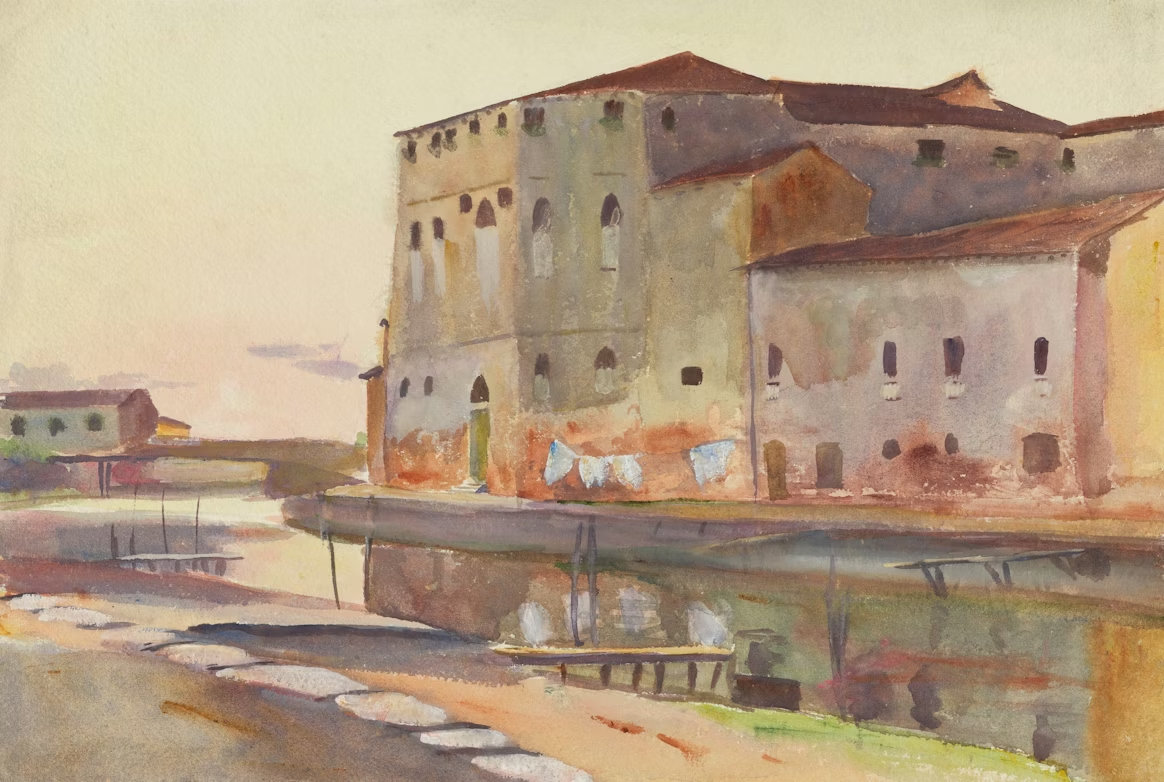Our Views
Unlocking the Potential of Creative Industries in Africa: Policy Tools That Actually Work
Across Africa, creativity is increasingly seen not just as a cultural expression, but as an economic powerhouse. From Nollywood’s billion-dollar film industry to the global pulse of Afrobeats, African creativity is captivating the world’s attention. It is shaping global trends, redefining soft power, and generating new opportunities for millions.
Yet the sector still operates far below its potential. Many talented creators face fragmented ecosystems, weak infrastructure, and almost no access to finance. Without coordinated policy support, creative industries risk remaining vibrant—but informal. Recognizing the creative economy as a strategic growth engine could change that reality. With the right tools, creativity can move from inspiration to implementation, becoming a steady source of jobs, exports, and pride across the continent.
What Are the Creative Industries and Why They Matter
The creative economy encompasses industries that transform ideas into marketable value — film, music, fashion, design, advertising, crafts, gaming, and digital content, among others. These are not side pursuits of culture; they are innovation systems that generate wealth from imagination.
When entrepreneurs have access to finance, business skills, and markets, creative industries blossom into powerful drivers of diversification. They foster entrepreneurship, fuel tourism, and amplify cultural identity.
Africa, with its young population and expanding digital infrastructure, is perfectly positioned to lead. The challenge is not creativity itself—it’s converting that creativity into sustainable businesses. Informality, limited market access, and lack of professional training continue to hold the sector back. Targeted interventions and long-term policy commitment can bridge this gap.
Why Policy Support Is Critical
Creative industries rarely thrive by accident. They need coherent policy frameworks that link creativity to trade, education, and innovation. Without this, initiatives remain isolated, and the economic value of culture stays unrealized.
Across the continent, only a handful of countries have moved beyond cultural policies toward comprehensive creative economy strategies. Kenya’s National Policy on Culture and Heritage and South Africa’s Mzansi Golden Economy initiative stand out. Both treat creativity as an industrial sector — with measurable impact on GDP and employment — rather than a symbolic add-on.
Such integrated approaches attract investors, coordinate government action, and establish clear priorities for skills development and digital infrastructure. They show that policy, when thoughtfully designed, can unleash the full potential of creativity.
Policy Tools That Actually Work
1. Building Creative Infrastructure and Hubs
Spaces where artists, designers, and entrepreneurs can collaborate make all the difference. Creative hubs are not just physical spaces — they are engines of innovation and connection. When designed strategically, they link culture, business, and technology, providing the environment where creative talent can thrive.
Across Africa, hubs like Lagos’ Co-Creation Hub and Dakar’s Kinaya Lab demonstrate how access to shared facilities, mentorship, and digital tools can transform informal creativity into structured economic opportunity. Expanding such infrastructure beyond major capitals can help decentralize growth and make the creative economy more inclusive.
We have seen this potential firsthand. Through our ongoing collaboration with the African Development Bank and the Government of Rwanda, we are supporting the development of the country’s Creative Industries Program, which focuses on strengthening four key pillars — human capital, financing, the enabling environment, and infrastructure. Our work includes assessing opportunities to expand creative hubs, studios, and collaborative spaces across Kigali and other cities to enhance access to professional facilities and stimulate entrepreneurship.
Similarly, in projects such as the Creative Industries Action Plan for Newcastle-under-Lyme (United Kingdom), we’ve applied comparable principles — combining local partnerships, digital innovation, and governance planning — to strengthen the creative ecosystem at the regional level.
These experiences highlight a common lesson: successful creative infrastructure is never just about buildings. It requires an integrated ecosystem — physical spaces, policy frameworks, and digital networks — that together create the conditions for creativity, innovation, and inclusive growth.
2. Expanding Access to Finance
For many creative entrepreneurs, ideas come easily — funding does not. Traditional lenders still see the sector as high-risk, largely because creative assets are intangible and difficult to collateralize. Bridging this gap requires a stronger public commitment to financing creativity. Governments play a decisive role — by establishing dedicated creative funds, offering tax incentives, and integrating cultural industries into national investment frameworks.
Across Africa, public financial support has often been the spark that ignites wider participation from investors and development partners. Initiatives such as Fashionomics Africa, supported by the African Development Bank, show how catalytic funding and targeted programs can help transform creative potential into sustainable business growth. When public institutions lead with clear policy direction and financial backing, they send a powerful signal that creativity is an economic priority, not a side project.
Expanding access to finance ultimately depends on this kind of collaboration — governments setting the foundation, investors bringing capital, and development partners contributing expertise — all working together to make creativity a viable, bankable engine of inclusive growth.
3. Strengthening Legal and IP Frameworks
Strong legal and intellectual property (IP) systems are vital for any creative economy to thrive. Yet in many countries, copyright laws remain outdated and fail to protect creators in today’s digital landscape. Modern, enforceable legislation is essential to ensure fair compensation, attract investors, and promote trust in creative markets.
Governments have a key role to play by updating national laws, strengthening IP institutions, and improving enforcement mechanisms. Regional collaboration through organizations like the African Union or ARIPO can further harmonize regulations and enable cross-border trade in creative goods.
As a consulting firm, we support governments and development partners in reviewing and reforming their legal and institutional frameworks for the creative economy — from drafting modern IP legislation to building capacity in regulatory agencies. Strengthening these systems empowers creators to protect their work and turn intellectual property into a genuine economic asset.
4. Investing in Education and Skills
No creative economy can thrive without the right skills. Training and education transform creativity into sustainable enterprise and innovation. Yet across Africa, many creative professionals still lack access to programs that combine artistic talent with business and digital capabilities.
Governments and development partners must prioritize market-aligned education that connects creative potential with real economic opportunities. Bridging this gap is key to turning ideas into viable careers.
We contribute to this goal through our work with the African Development Bank on the African Education, Science, Technology & Innovation Fund (AESTIF) — a flagship initiative designed to close Africa’s skills and innovation gap. Our team helped develop its operational framework and capacity-building strategy, ensuring it delivers high-quality, practical training for African youth.
Initiatives like AESTIF show that investing in human capital is fundamental to the growth of creative industries — transforming talent into a driver of productivity, entrepreneurship, and inclusive growth.
Case Study: Fashionomics Africa – Empowering Women Through Digital Innovation
Few initiatives illustrate the potential of Africa’s creative industries as vividly as Fashionomics Africa, a flagship program led by the African Development Bank (AfDB). Launched in 2016, the initiative set out to strengthen the Textile, Apparel and Accessories (TA&A) sector — one of the continent’s most dynamic and culturally rich industries — by harnessing the power of digital technology, entrepreneurship, and innovation.
Fashionomics Africa was born from a simple yet powerful idea: that fashion is not only an expression of creativity, but also a catalyst for inclusive growth and women’s economic empowerment. The initiative connects entrepreneurs, investors, and policymakers to unlock the potential of Africa’s fashion value chain while promoting opportunities for women and youth, who make up the majority of its workforce and leadership.
We’ve been involved in Fashionomics Africa since its inception. In 2016, our team carried out the Feasibility Study for the Development of the Fashionomics Online Platform, conducting extensive market and user research across Côte d’Ivoire and Ethiopia. The study revealed how women entrepreneurs — often operating informally — drive the fashion sector’s creativity and employment, yet face barriers to finance, visibility, and digital access. These findings guided the platform’s design, ensuring that it addressed women’s specific challenges while creating pathways for skills development and business growth.
Building on that foundation, we supported the design and prototype development of the Fashionomics Africa Platform, an interactive online marketplace that connects African fashion entrepreneurs to new markets, financing, and training opportunities. The platform integrates e-commerce features, stakeholder mapping, and a user-friendly interface that reflects the realities of women-led small and medium enterprises in the TA&A sector.
Between 2016 and 2023, we continued working with the AfDB to manage and strengthen the platform, overseeing content management, database updates, and community engagement. Our team also contributed to digital marketing and outreach strategies designed to amplify women’s participation, connect creative entrepreneurs across borders, and expand the visibility of African design on the global stage.
Today, Fashionomics Africa stands as a model for how digital innovation can transform the creative economy while advancing gender equality. It shows that when women have equal access to markets, finance, and knowledge, creativity becomes not just a cultural asset — but a driver of jobs, trade, and sustainable development across Africa.
Discover More About Our Work
Africa’s creative industries continue to evolve — blending innovation, culture, and entrepreneurship to drive inclusive growth. At Aninver Development Partners, we’re proud to contribute to this transformation through projects that turn creativity into tangible impact.
We invite you to explore some of our recent initiatives in greater depth and learn how we’re helping shape the future of the creative economy:










